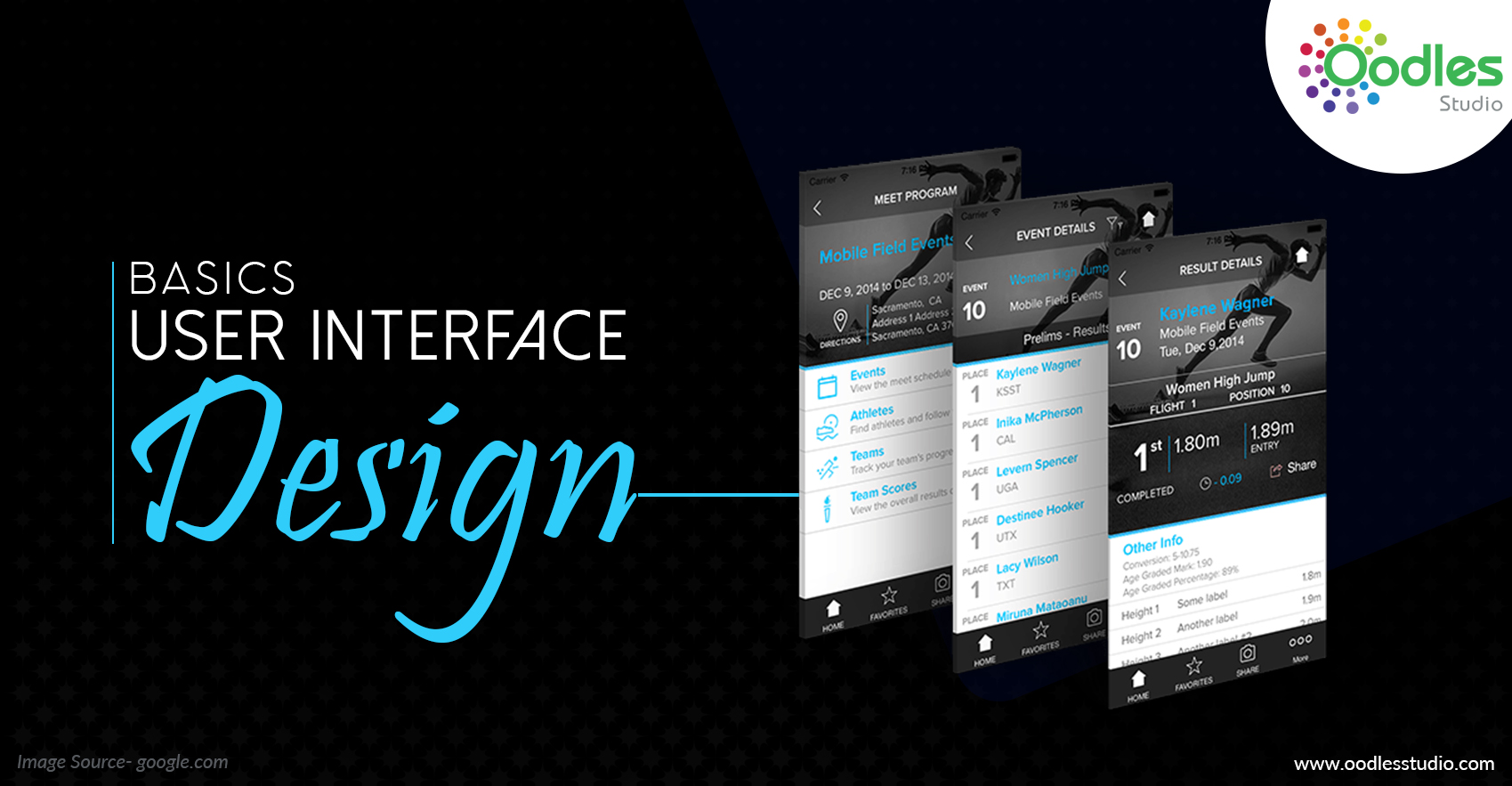UI Design is what clients may need to do and guaranteeing that the interface has components that are anything but difficult to get to, comprehend, and use to encourage those activities. UI unites ideas from collaboration plan, visual outline, and data engineering.
Picking Interface Elements
Clients have gotten comfortable with interface components acting unquestionably, so endeavor to be reliable and unsurprising in your decisions and their design. Doing as such will help with errand finishing, proficiency, and fulfillment.

Interface components incorporate yet are not constrained to:
- Controls for information: catches, content fields, checkboxes, radio catches, dropdown records, list boxes, flips, a date field
- Navigational Components: breadcrumb, slider, look field, pagination, slider, labels, symbols
- Educating Components: tooltips, symbols, advance bar, notices, message boxes, modular windows
There are times when various components may be proper for showing content. At the point when this happens, it’s essential to consider the exchange offs. For instance, some of the time components that can help spare you space, out all the more a weight on the client rationally by constraining them to think about what is inside the drop-down or what the component may be.
Best Practices for Designing an Interface
- Everything originates from knowing your clients, including understanding their objectives, aptitudes, inclinations, and propensities. When you think about your client, make a point to consider the accompanying when outlining your interface:
- Keep the interface basic. The best interfaces are relatively undetectable to the client. They maintain a strategic distance from pointless components and are clear in the dialect they use on names and in informing.
- Make consistency and utilize basic UI components. By utilizing regular components in your UI, clients feel better and can accomplish things all the more rapidly. It is likewise vital to make designs in dialect, format, and outline all through the site to help encourage effectiveness. Once a client figures out how to accomplish something, they ought to have the capacity to exchange that ability to different parts of the site.
- Be deliberate in page format. Consider the spatial connections between things on the page and structure the page in view of significance. A watchful arrangement of things can help attract consideration regarding the most imperative snippets of data and can help checking and meaningfulness.
- Deliberately utilize shading and surface. You can coordinate consideration toward or divert consideration far from things utilizing shading, light, complexity, and surface further bolstering your good fortune.
- Utilize typography to make progressive system and clearness. Precisely consider how you utilize typeface. Diverse sizes, textual styles, and game plan of the content to help build scannability, neatness, and meaningfulness.
- Ensure that the framework conveys what’s going on. Continuously illuminate your clients of area, activities, changes in state or blunders. The utilization of different UI components to convey status and, if important, subsequent stages can lessen dissatisfaction for your client.
- Consider the defaults. Via deliberately contemplating and suspecting the objectives individuals convey to your site, you can make defaults that decrease the weight on the client. This turns out to be especially critical with regards to shape outline where you may have a chance to have a few fields pre-picked or rounded out.


